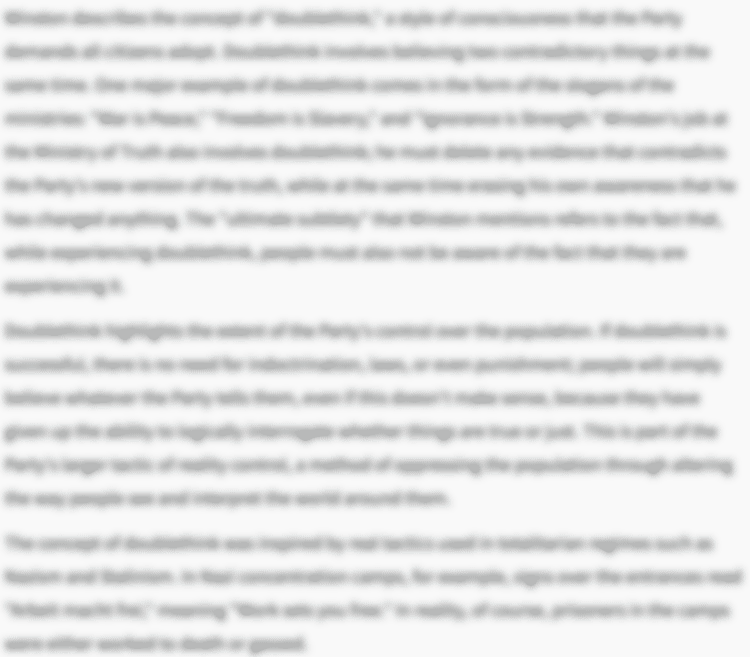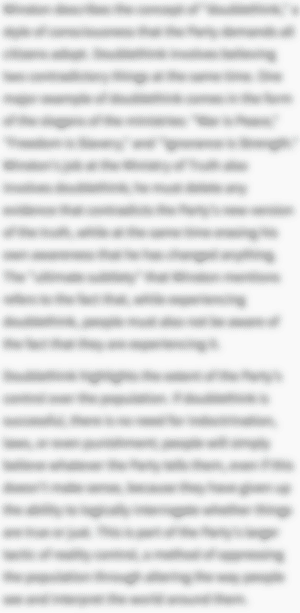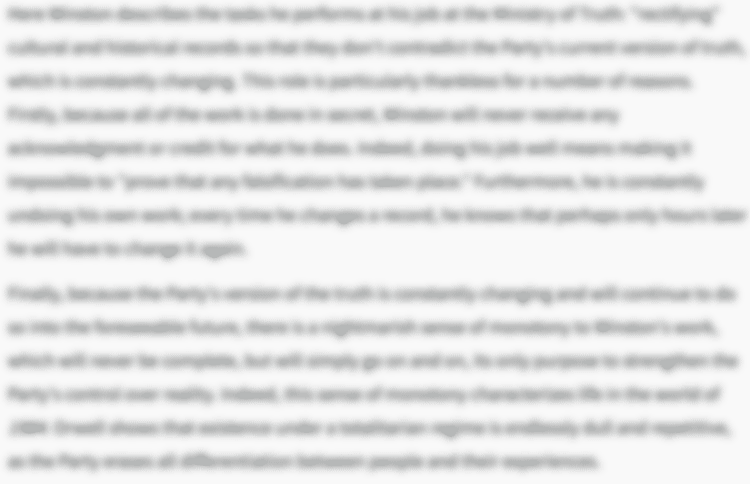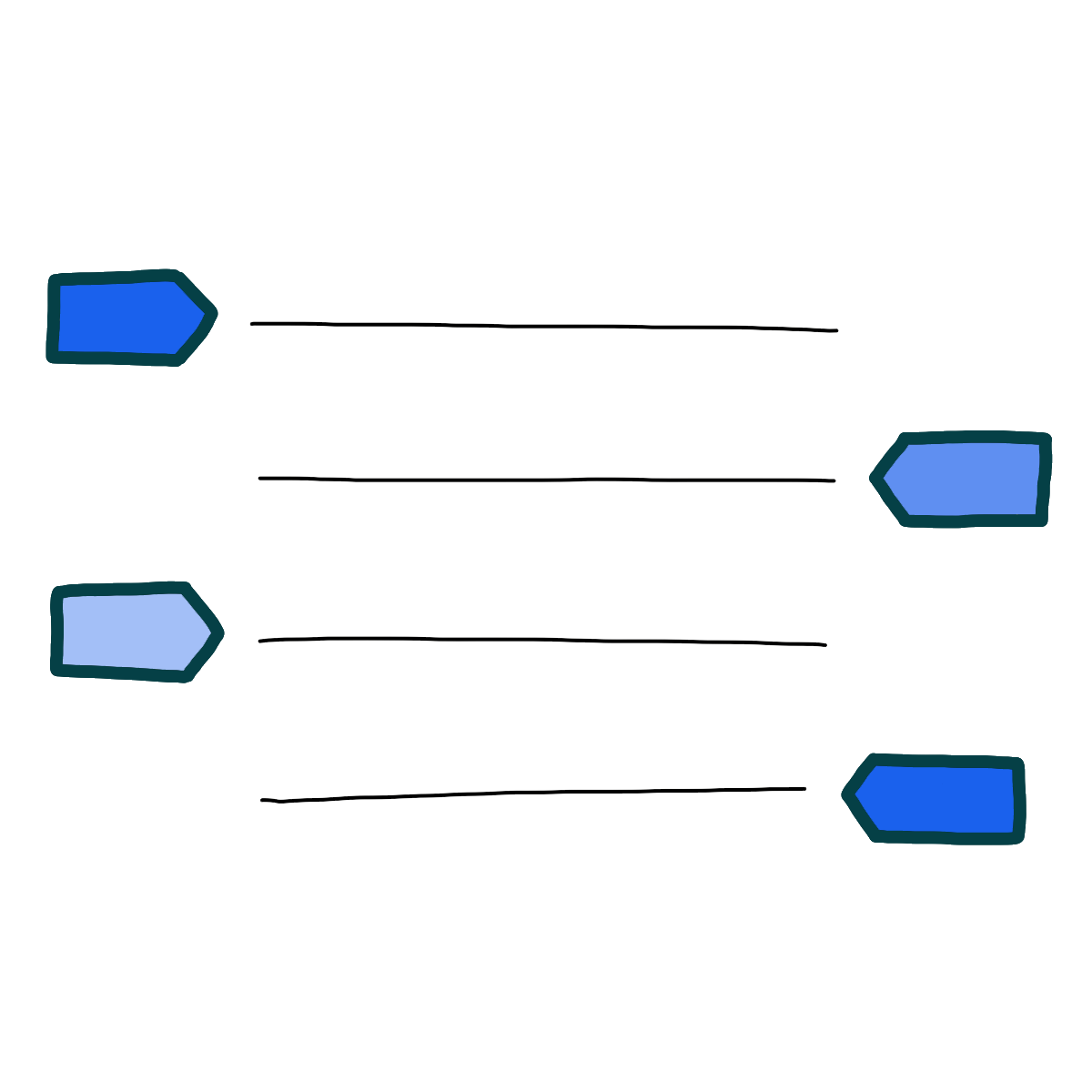In Agnes Grey, animals symbolize the vulnerability of lower-status people to higher-status people in social hierarchies: just as poorly raised children abuse animals, so poorly raised high-status adults abuse lower-status adults, such as their employees and the poor. Animals first make an important appearance in Agnes Grey when Agnes, leaving home to work as a governess for the first time, kisses her pet pigeons goodbye and laments that the family kitten, her “dear little friend,” will have grown into a cat by the time Agnes comes home for Christmas. Agnes’s tenderness toward her pets establishes her kindness and models good behavior toward vulnerable animals. By contrast, Agnes’s first pupil, seven-year-old Tom Bloomfield, tortures helpless baby birds to death—a habit he has learned from his father Mr. Bloomfield and his boorish Uncle Robson. Tom’s cruelty toward the animals he holds in his power parallels the cruelty that Mr. Bloomfield and Mrs. Bloomfield show to Agnes, their economically dependent employee. They will not allow her to discipline Tom or their other children, even though Tom regularly hits Agnes, yet they blame her and eventually fire her for their children’s poor behavior. A similar dynamic plays out in Agnes’s second governess job with the Murrays. When her teenage pupil Matilda neglects Snap, a terrier puppy she is supposed to be raising, Agnes takes responsibility for Snap, who grows to love Agnes and to ignore Matilda. Matilda is annoyed by Snap’s defection, and so the Murrays sell Snap to a rat-catcher despite Agnes’s obvious love for the dog—a sale showing their casual use and abuse of power over both the animals they own and over Agnes. Thus, in Agnes Grey, a person’s cruelty to animals both symbolizes and predicts their cruelty to vulnerable human beings in their power.
Animals Quotes in Agnes Grey
“Papa knows how I treat them, and he never blames me for it: he says it is just what he used to do when he was a boy.”

Unlock explanations and citation info for this and every other Agnes Grey quote.
Plus so much more...
Get LitCharts A+“Curse me, if I ever saw a nobler little scoundrel than that. He’s beyond petticoat government already: by God! He defies mother, granny, governess, and all! Ha, ha, ha!”












